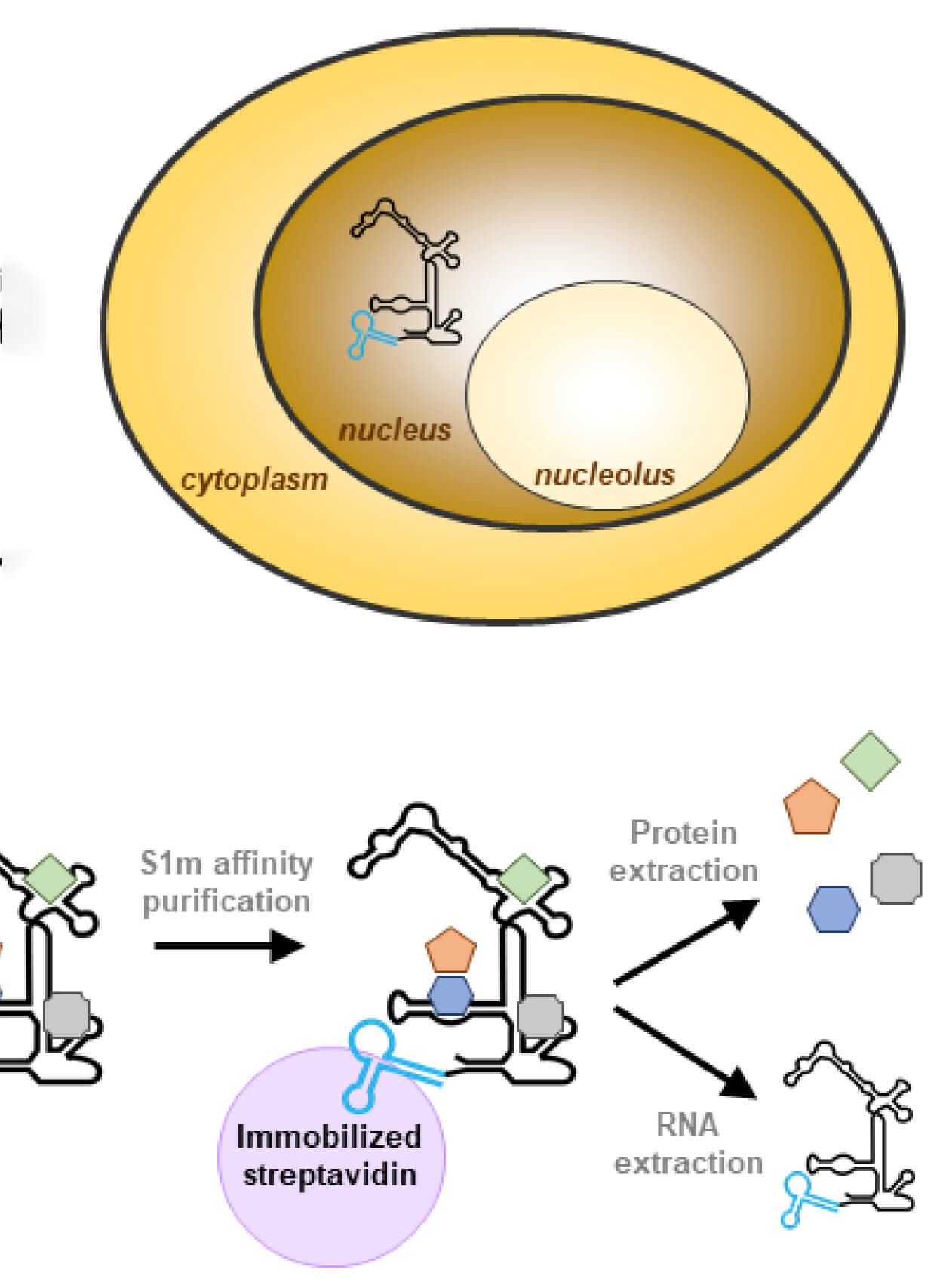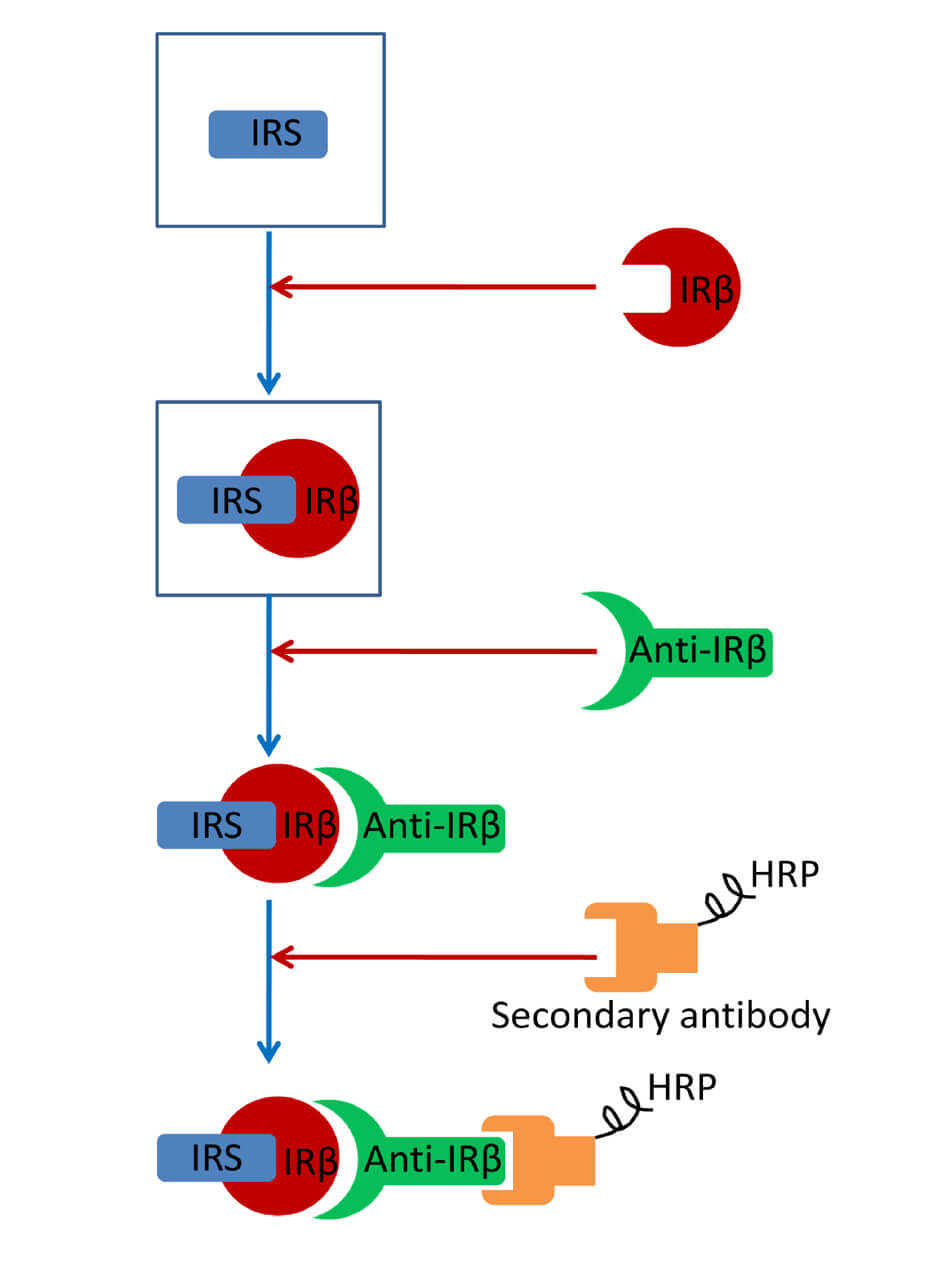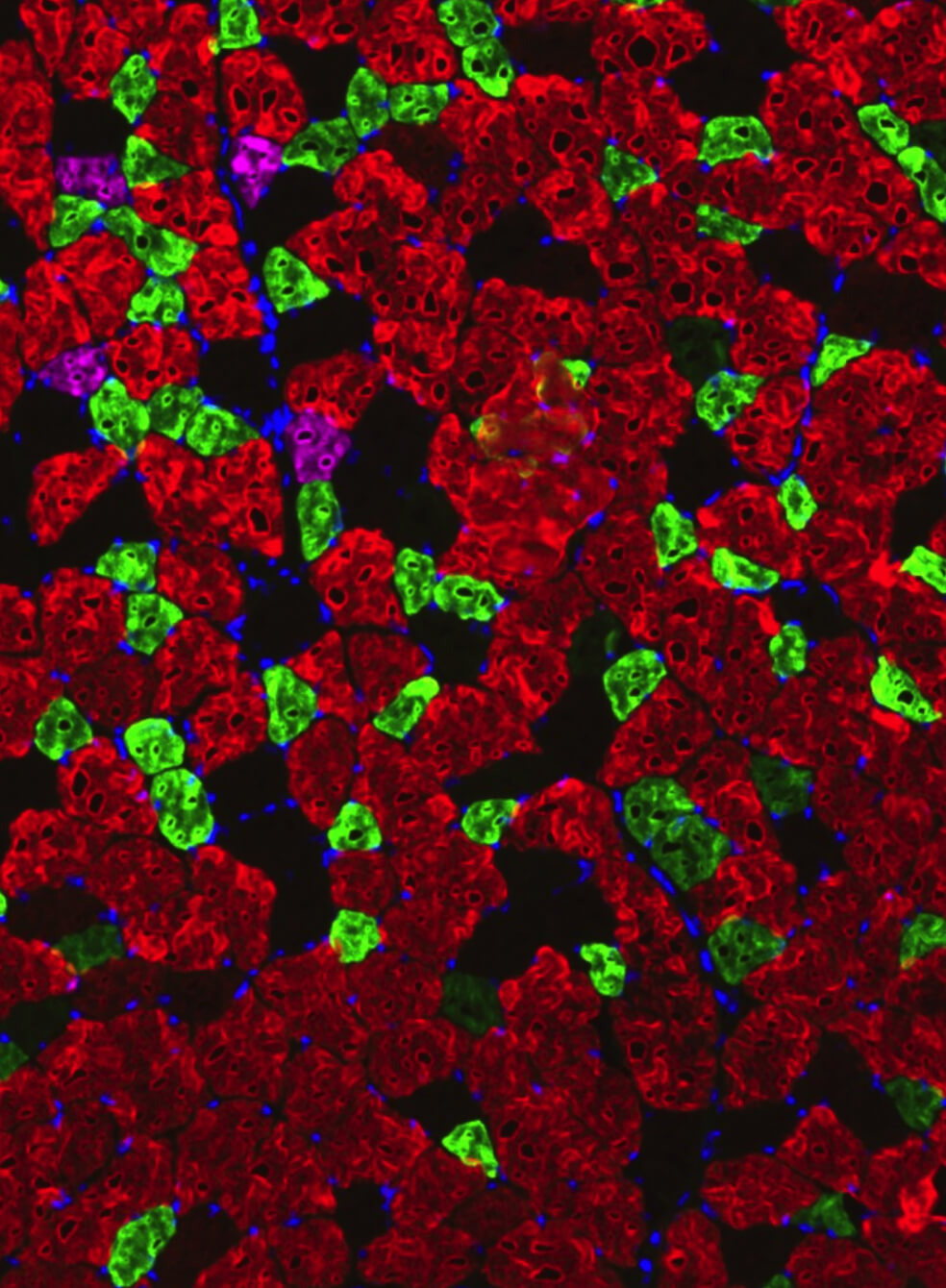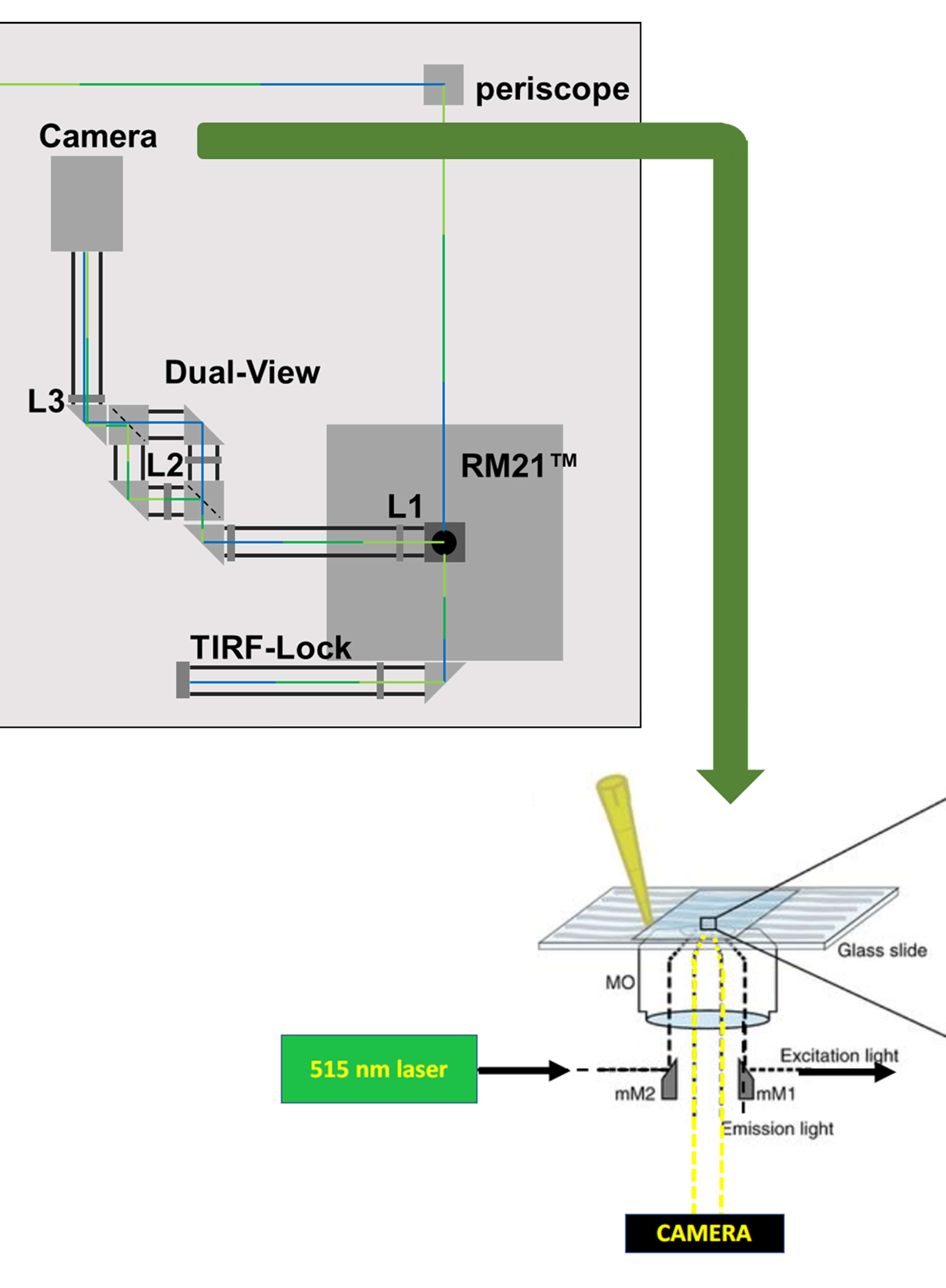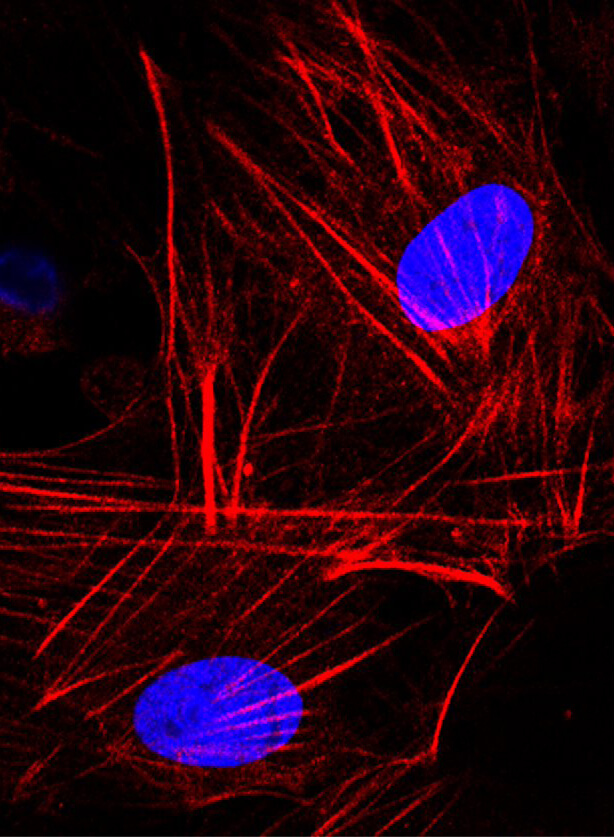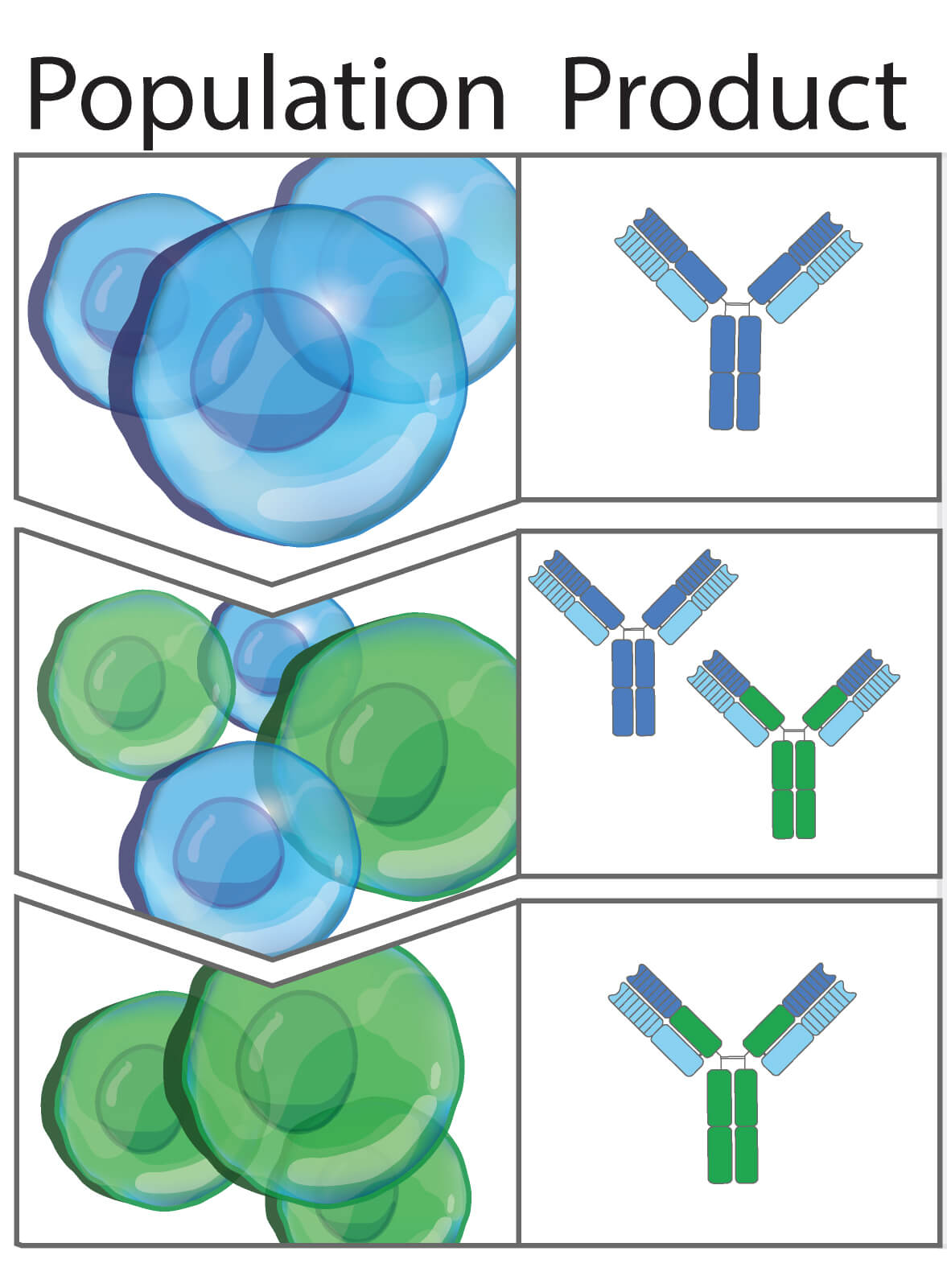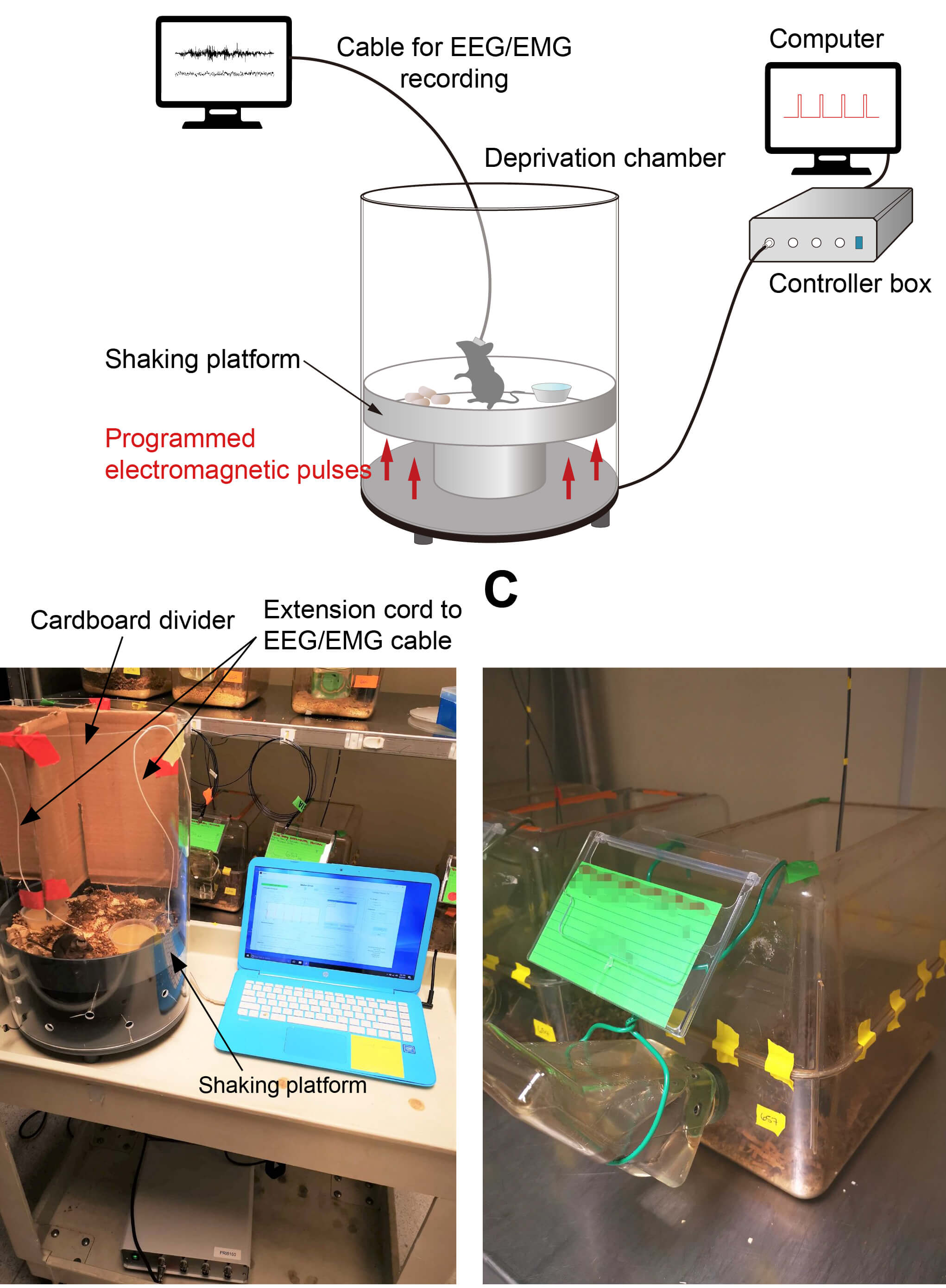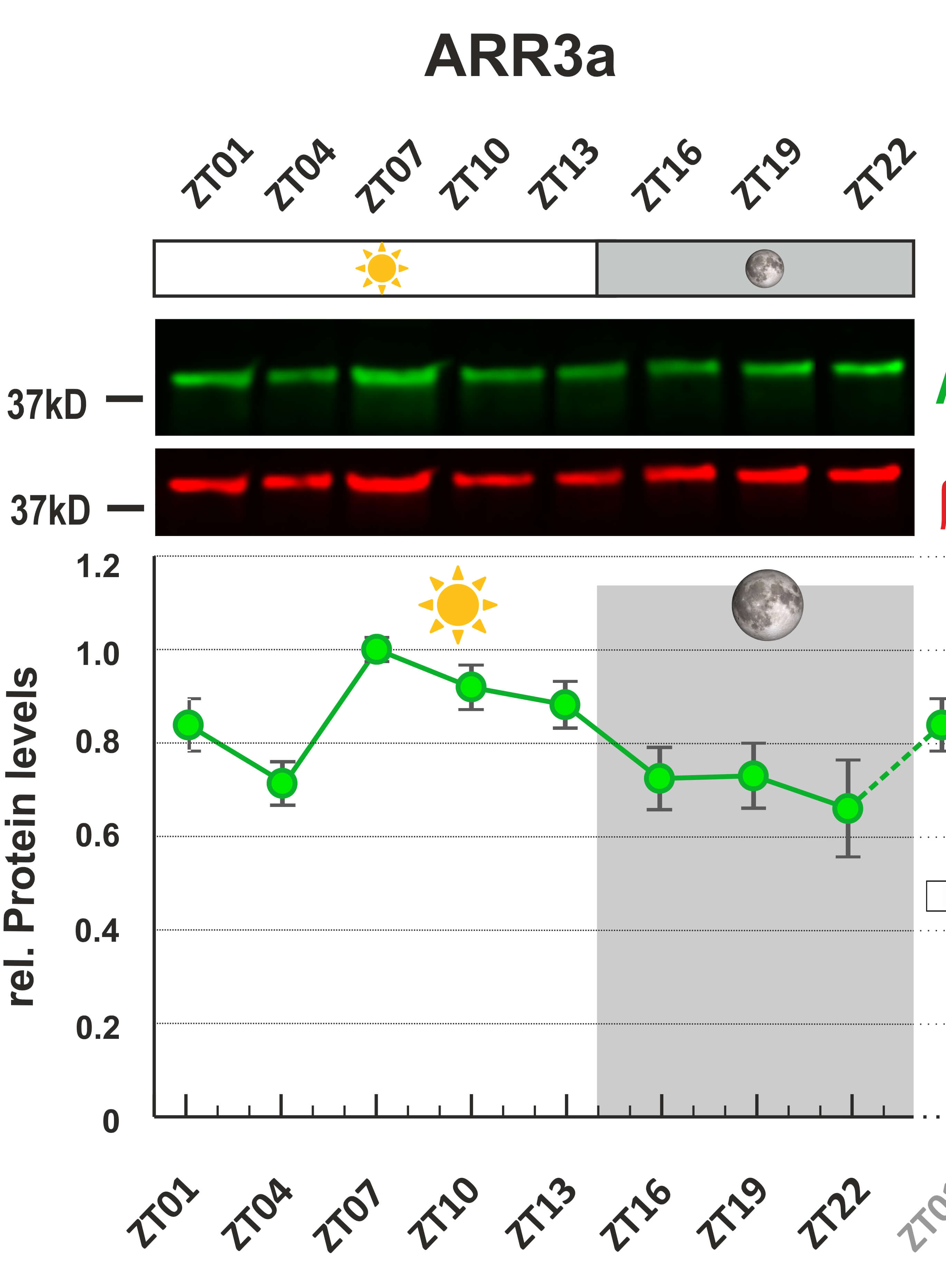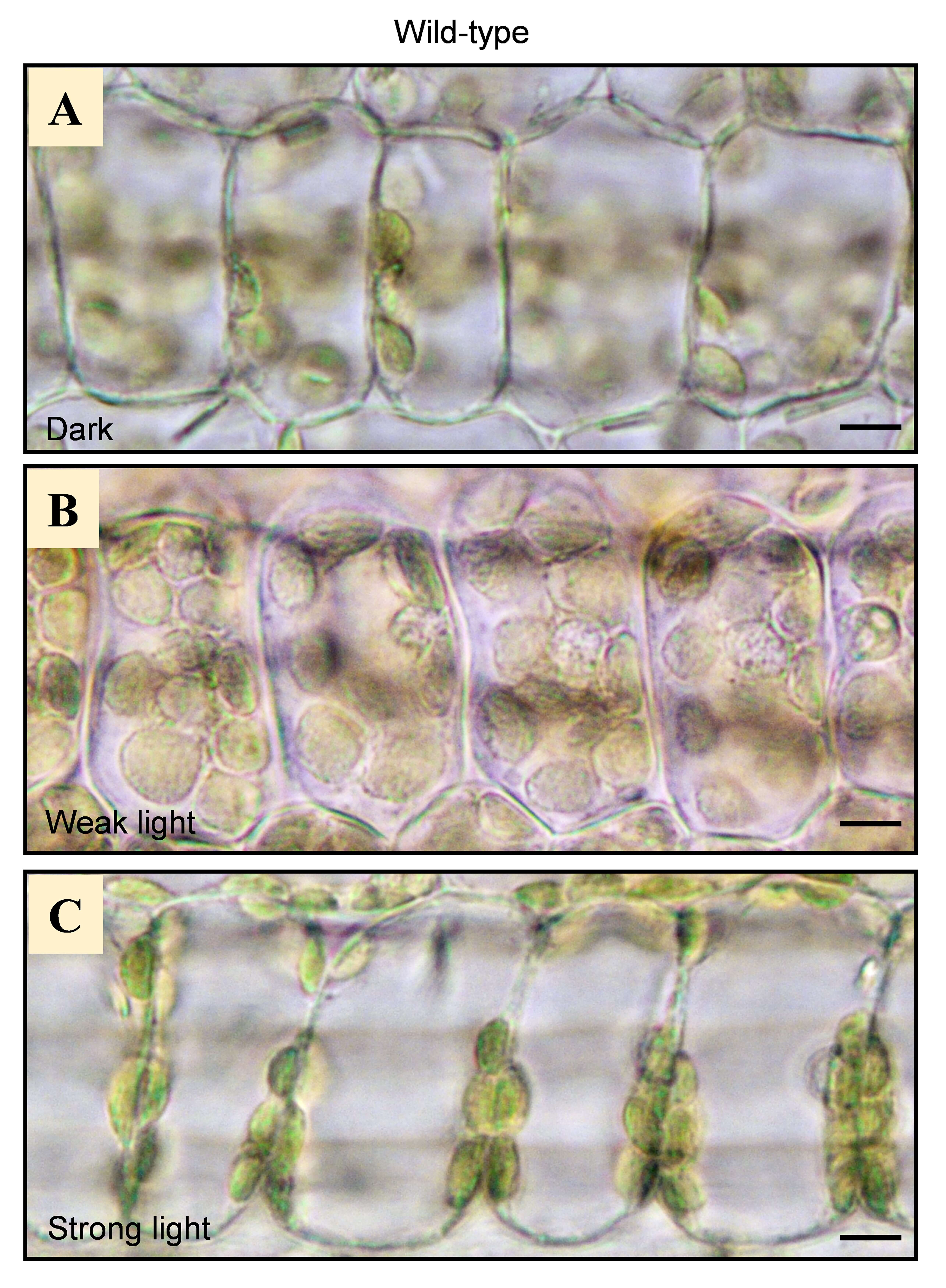- Protocols
- Articles and Issues
- About
- Become a Reviewer
Past Issue in 2023
Volume: 13, Issue: 4
Biochemistry
A Novel Method to Isolate RNase MRP Using RNA Streptavidin Aptamer Tags
Far-western Blotting Detection of the Binding of Insulin Receptor Substrate to the Insulin Receptor
Biological Sciences
Comprehensive Analyses of Muscle Function, Lean and Muscle Mass, and Myofiber Typing in Mice
Biophysics
Imaging Membrane Proteins Using Total Internal Reflection Fluorescence Microscopy (TIRFM) in Mammalian Cells
Cell Biology
Isolation and Culture of Primary Fibroblasts from Neonatal Murine Hearts to Study Cardiac Fibrosis
Immunology
CRISPR/Cas9-based Engineering of Immunoglobulin Loci in Hybridoma Cells
Neuroscience
Automated Sleep Deprivation Setup Using a Shaking Platform in Mice
Detection of Zebrafish Retinal Proteins by Infrared Western Blotting
Plant Science
Imaging of Chloroplast Movement Responses to Light Stimulation in Different Intensities in Rice



